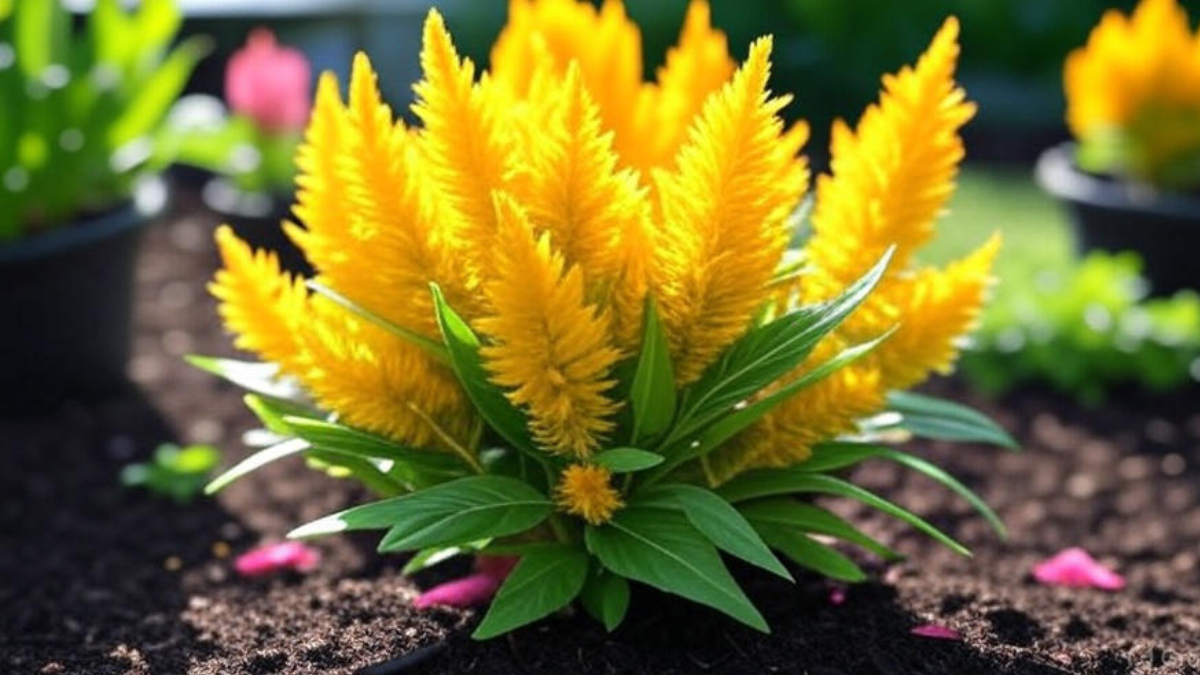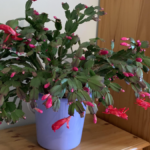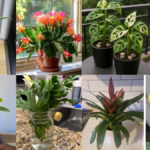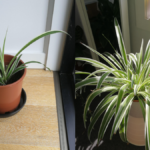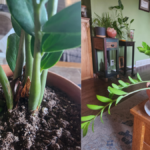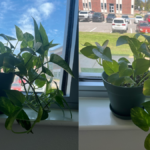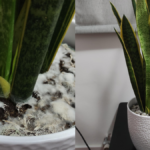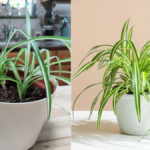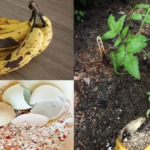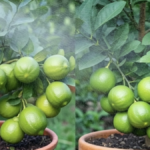How to Care for Celosia Plant – Celosia plant care is easy if you follow the correct routine of watering, soil preparation, sunlight exposure, fertilizing, temperature, and humidity. Learn how to grow bright and healthy Celosia plants indoors and outdoors based on real gardening experience, including the best soil mix, watering frequency, sunlight hours required, and fertilizing tips to keep your Celosia blooming season after season.
I have grown Celosia plants in both pots and garden beds in my home garden in Surat, Gujarat. Over the last 2–3 years, I’ve tested how they perform in different seasons — especially during Gujarat’s hot summers and humid monsoon. This care guide shares real-life insights and personal tips you won’t find in basic theory posts. I’m sharing this because I believe practical plant care advice based on experience always helps beginners the most.
IN THIS ARTICLE
About Celosia Plant and Its Popular Types
Celosia is a flowering plant from the Amaranthaceae family known for its bright, flame-like flowers. It is mainly grown as an annual, especially popular in home gardens and balconies in India.
| Plant Name | Celosia (Cockscomb, Woolflower) |
|---|---|
| Plant Type | Annual Flowering Plant |
| Family | Amaranthaceae |
| Flower Colors | Red, Yellow, Pink, Orange |
| Growing Style | Pots, Garden Beds, Hanging Baskets |
| Popular Varieties | Celosia cristata, Celosia plumosa, Celosia spicata |
Types of Celosia Plants:
- Celosia cristata (Cockscomb): The flowers look like a rooster’s comb, very dense and velvety.
- Celosia plumosa (Feather Celosia): Feathery flowers in bright colors like red and yellow.
- Celosia spicata: Long, slim flower spikes often used in cut-flower arrangements.
Quick Tips for How to Care for Celosia Plant
- Soil: Well-draining, loose, rich in compost.
- Watering: Moderate; allow the top layer of soil to dry before watering again.
- Sunlight: At least 6–8 hours of direct sunlight every day.
- Temperature & Humidity: Warm and humid; ideal temperature is 20°C to 30°C.
- Fertilizing: Use a balanced liquid fertilizer once every 15–20 days.
Watering Celosia Plant
Watering is very important for keeping your Celosia plant healthy and flowering. Too much water can harm the plant, and too little can dry it out.
- During Summer: I water every 2–3 days when the top 1–2 inches of soil feels dry.
- During Monsoon: Natural humidity is high, so I reduce watering to once every 4–5 days.
- During Winter (Indoor Plants): If growing indoors, water once every 4–5 days or when the soil starts drying.
Watering Tips Based on Experience:
- Use pots with drainage holes to prevent waterlogging.
- Water at the base of the plant, not on the flowers or leaves.
- Avoid watering late in the evening. Morning or afternoon is best.
- In very hot weather, misting can help if the leaves look dry.
Best Soil for Celosia Plant
The right soil is key for healthy Celosia growth. It needs soil that drains well but also holds enough nutrients.
Soil Mix for Celosia:
- 50% garden soil
- 30% compost or vermicompost
- 20% sand or perlite
This mixture keeps the soil light, airy, and nutrient-rich, which supports root development and flowering.
Soil pH:
Celosia prefers slightly acidic to neutral soil — pH between 6.0 and 7.0.
Experience Tip:
I always mix neem cake powder into the soil during planting. It helps prevent fungal problems naturally.
Sunlight Requirement for Celosia Plant
Celosia plants need full sunlight to grow properly.
- Outdoor Plants: Should get 6–8 hours of direct sunlight daily.
- Indoor Plants: Place near a south-facing window or provide artificial grow lights.
What Happens Without Enough Sun?
- Flowers become smaller or don’t bloom.
- Plant growth becomes weak and leggy.
- Leaves turn pale green instead of rich green.
From my experience, moving the plant to a sunnier spot quickly improves its health and flowering.
Humidity and Temperature for Celosia
Celosia plants love warm and humid environments.
- Ideal Temperature: 20°C to 30°C
- Humidity: Medium to high, but good air circulation is important to avoid fungal diseases.
- Winter Care: Celosia cannot survive frost. If temperatures drop below 15°C, I bring potted plants indoors or grow them as annuals only.
Fertilizing Celosia Plant
Fertilizing is very important for good flowering and overall plant health.
What Fertilizers Work Best?
- NPK Liquid Fertilizer (10-10-10 or 20-20-20): I apply it once every 15–20 days.
- Organic Options:
- Vermicompost — once a month.
- Mustard cake liquid fertilizer — every 15 days.
How to Apply Fertilizer?
- Always water the plant before applying fertilizer to prevent burning.
- Apply in the early morning or late afternoon.
- For outdoor plants, I prefer organic fertilizers during the monsoon.
FAQ – Celosia Plant Care
How often should I water Celosia plants?
You should water Celosia plants every 2–3 days during summer when the top 1–2 inches of soil feels dry. In the rainy season, reduce watering to avoid overwatering. If grown indoors, water once every 4–5 days, adjusting based on soil dryness.
Can Celosia grow indoors?
Yes, Celosia can grow indoors if placed near a bright, south-facing window that receives at least 6–8 hours of sunlight daily. Without enough light, flowering may reduce.
What type of fertilizer is good for Celosia plants?
Use a balanced liquid fertilizer (NPK 10-10-10 or 20-20-20) once every 15–20 days. For organic gardening, vermicompost or mustard cake liquid fertilizer also works well.
Does Celosia need full sunlight?
Yes, Celosia needs full sunlight to grow properly. It should receive a minimum of 6–8 hours of direct sun every day for healthy growth and colorful flowers.
Conclusion
Celosia plant care is easy when you follow the correct routine of watering, soil preparation, sunlight exposure, fertilizing, and temperature management. Based on my gardening experience, once you get these basics right, Celosia plants reward you with colorful, vibrant flowers almost all year round.
How to care hydrangeas plant – Fast Growth Guide
Kalanchoe Plant Care Guide: Easy Tips to Keep It Blooming Indoors & Outdoors
